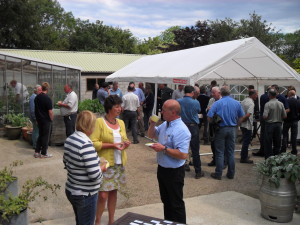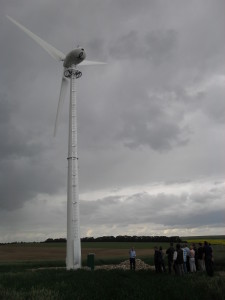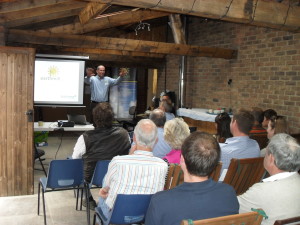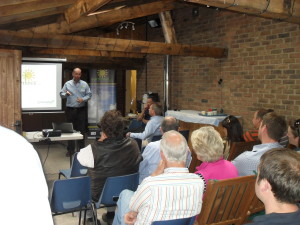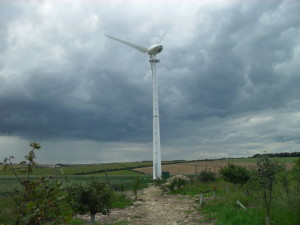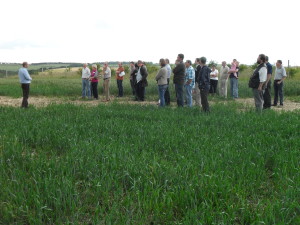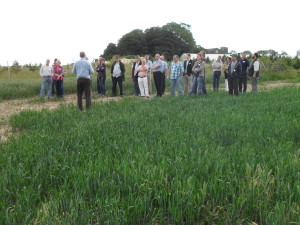Following recent events at Proven Energy this is an update for all our current and prospective clients.
Late last week Proven released a statement saying that they had discovered a potential manufacturing defect in its Proven P35-2 wind turbine (the Proven 7 and Proven 11 are unaffected).
They are investigating this at present and have advised all clients in the meantime they should put their turbines on break.
Since the discovery of the above fault, Proven’s main investor Low Carbon Accelerator Ltd (LCA), has withdrawn their financial support (£11.5m to date) resulting in an anouncement last weekend that Proven has been placed into receivership.
KPMG have been appointed as the receiver and Earthmill has started a dialogue with them and received the following update on Monday.
“The Company ceased to trade at the date of appointment. We have, however, retained the key skill base in the company which provides an immediate opportunity to acquire the business and assets of the Company. There has been a high level of interest expressed to date and we are hopeful of securing a sale which will enable the purchaser to quickly liaise with the Company’s network of re-sellers, to address, inter alia, on-going trading arrangements and the safety notice regarding the P35-2s.”
Earthmill have also instigated a meeting this week of all Proven resellers to discuss the way forward, at which a Proven Engineer will be present. Recent conversations suggest that the original technical problem has been identified and a solution is under discussion.
Our main aim is to find a technical solution to the current problem for existing clients and then to clarify the position with Proven going forward once a buyer is known. We will continue to monitor the situation closely and expect to be in a position to provide an update early next week.
In the meantime we thank you for your patience. If you have any further questions, please do not hesitate to contact us directly.
Yours sincerely,
Steve Milner
Managing Director


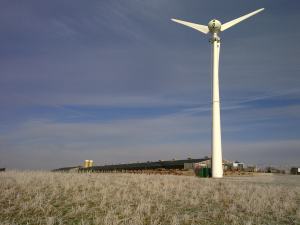 Earthmill are holding another Open Day at Hunmanby Grange, Wold Top Brewery onThursday 20th October 2011 begining at 10am.
Earthmill are holding another Open Day at Hunmanby Grange, Wold Top Brewery onThursday 20th October 2011 begining at 10am.